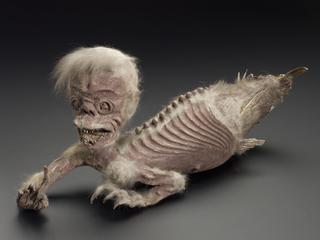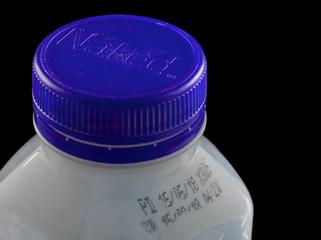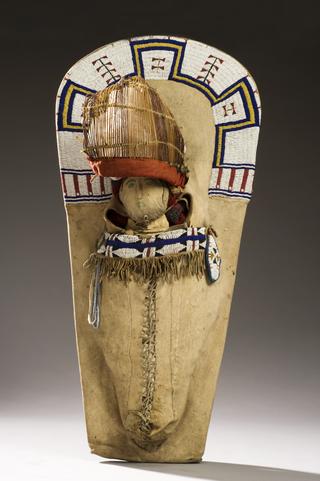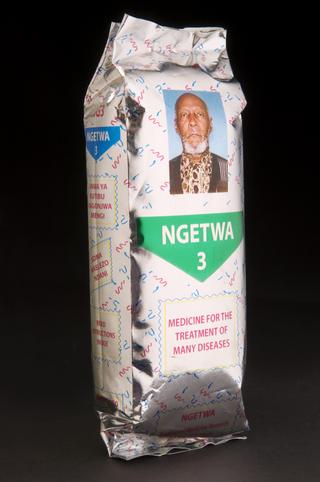
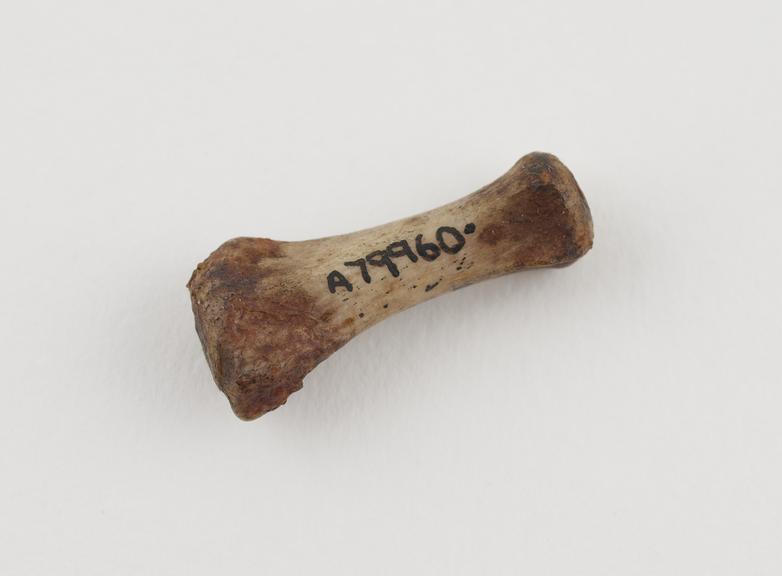
Small bone, amuletic, said to cure rheumatism, from Exmouth, Devon, Lovett collection, English, 1901-1910
The growing influence of biomedicine in the 1800s did not necessarily replace established forms of treatment based on beliefs and superstitions. What could be referred to a folk medicine – customs that often went back generations – continued to be practised. For example, carrying around this piece of bone was believed to be a cure for rheumatism (aches and pains in the joints), transferring the pain from the person to the stone.
Edward Lovett (1852-1933), a collector of British amulets and charms, acquired this piece of animal or human bone in Devon, England in 1909. Part of Lovett’s collection was purchased by Henry Wellcome in 1930. It is pictured here with two other bones used as a ‘cure’ for aching joints (A79937 and A665266).
Details
- Category:
- Ethnography and Folk Medicine
- Collection:
- Sir Henry Wellcome's Museum Collection
- Object Number:
- A79960
- Materials:
- bone
- Measurements:
-
overall: 11 mm x 32 mm x 13 mm, .002 kg
- type:
- amulet


